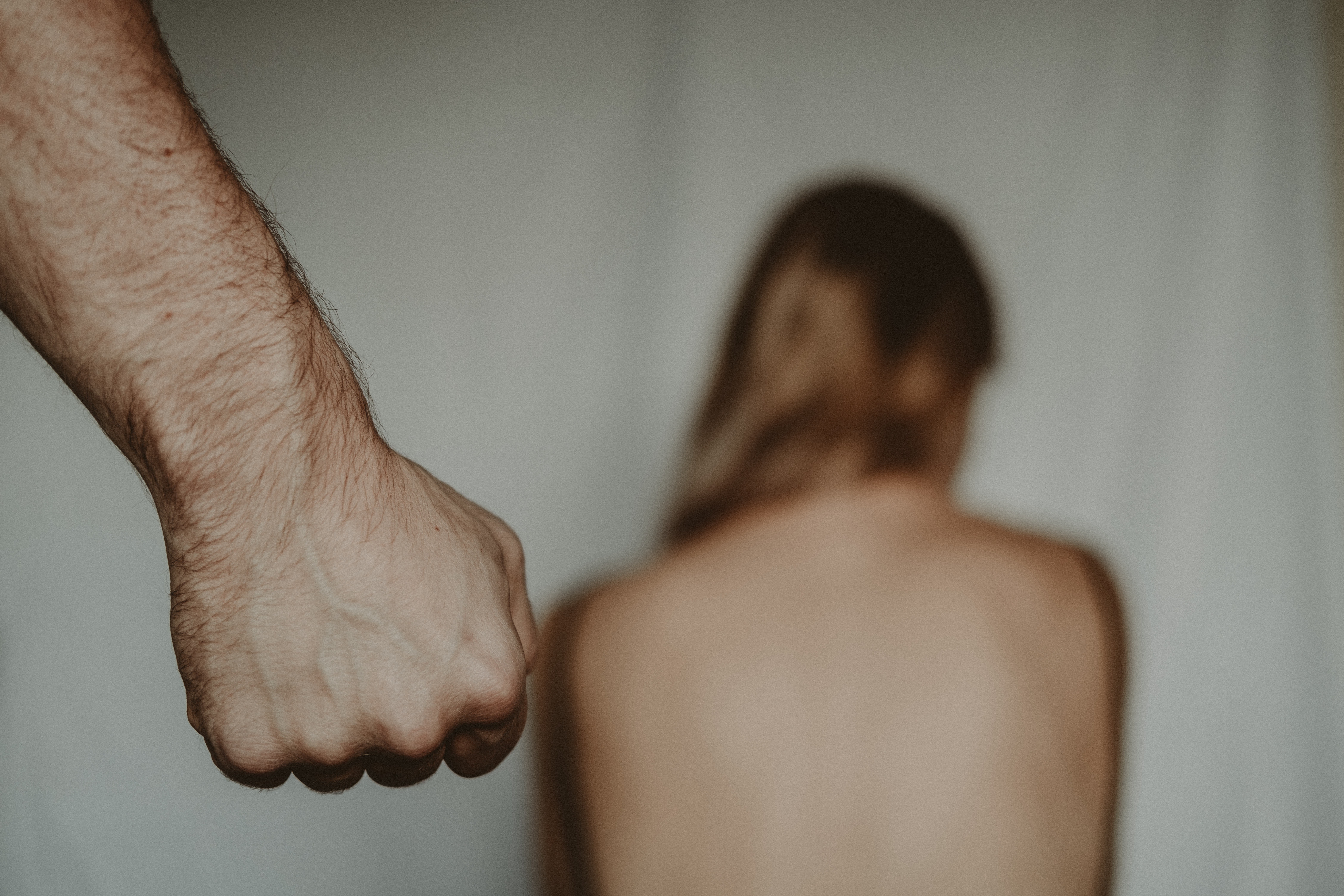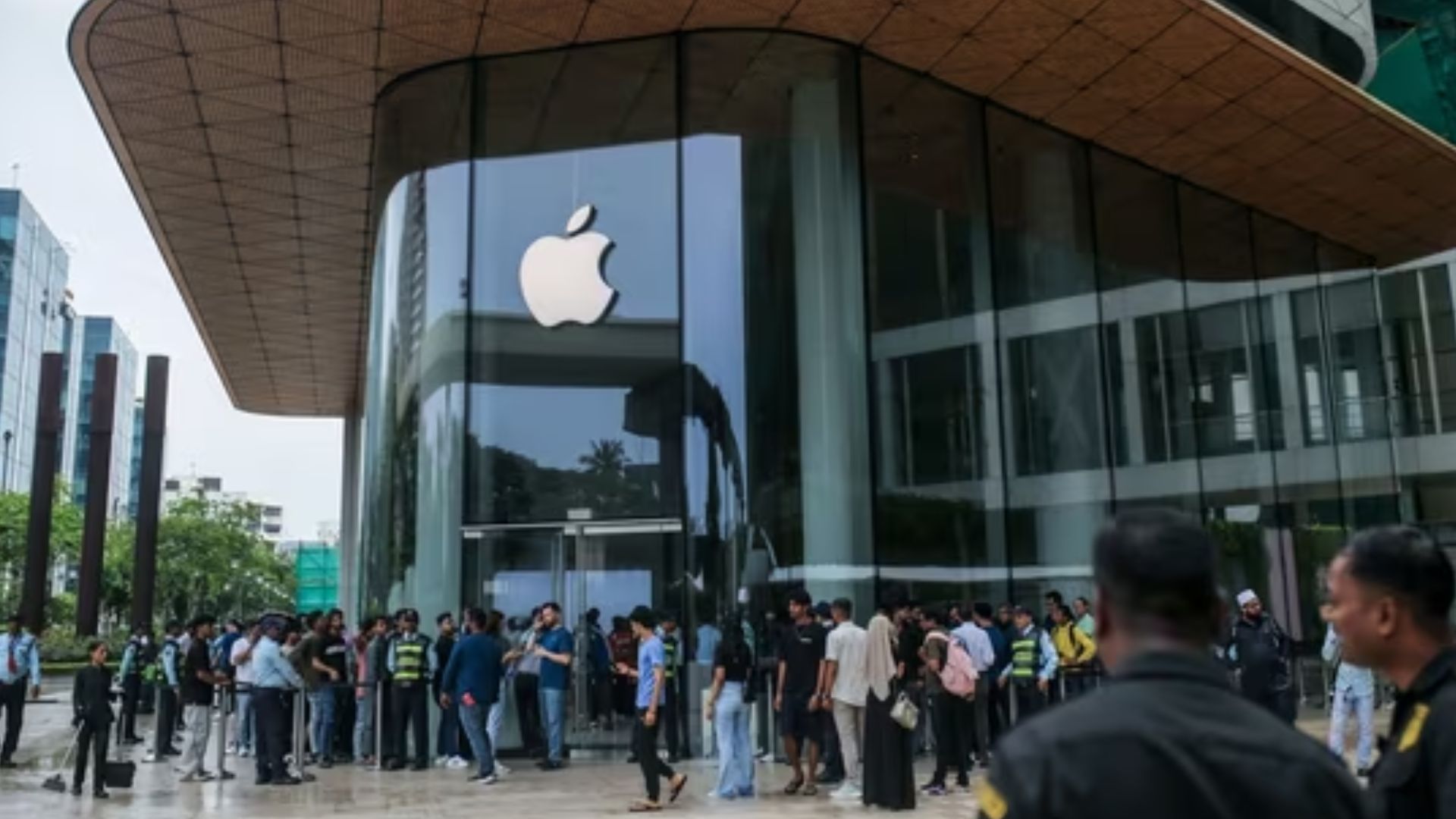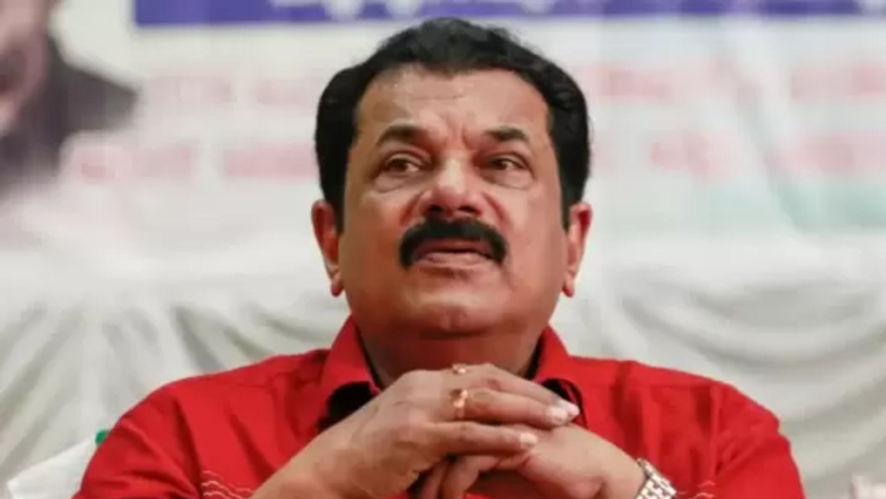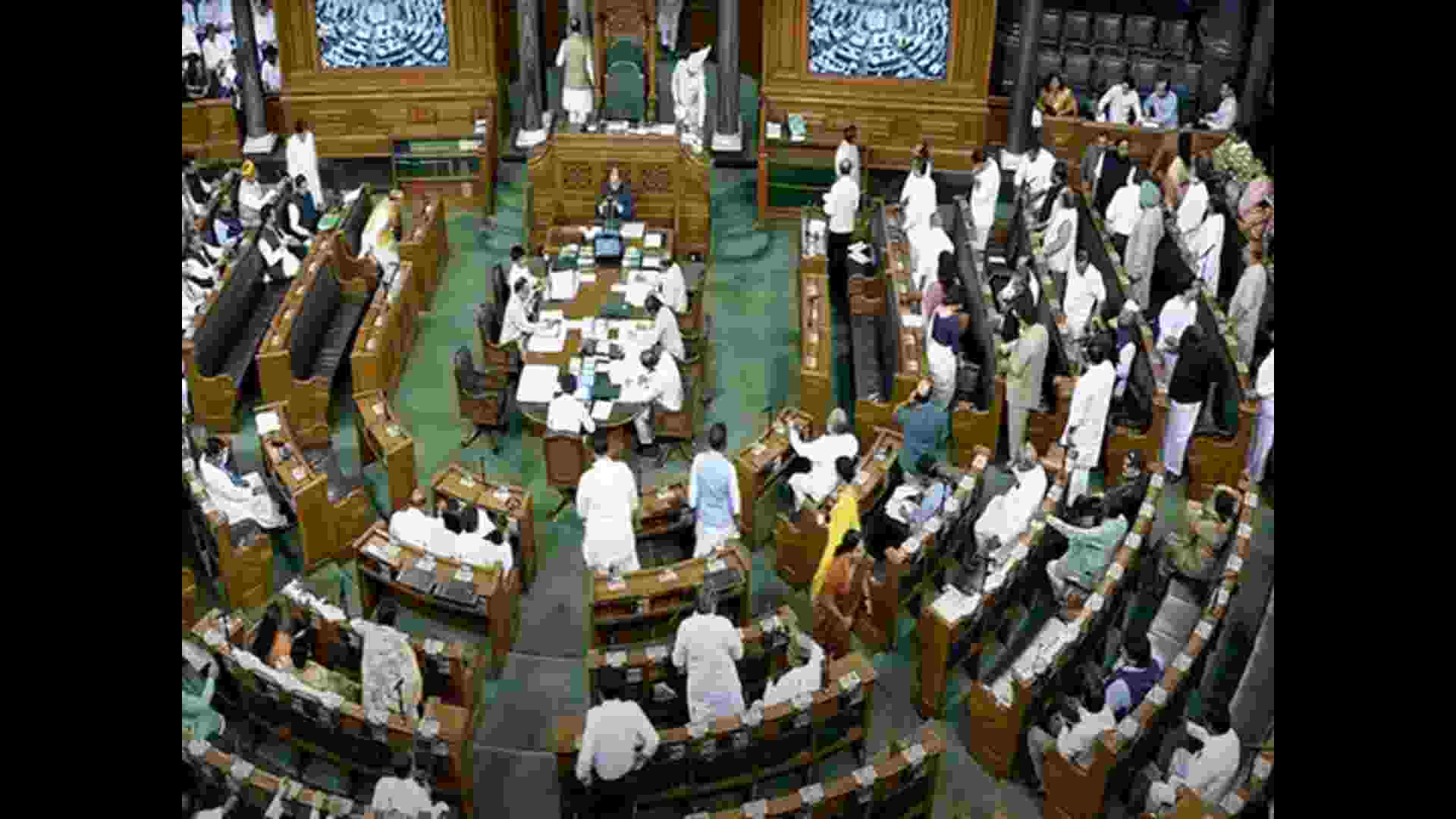
The situation in India is considerably different from that in most common law nations, which have already undergone a social transition to make their criminal laws more gender-sensitive by accepting the experiences of battered women. Unlike courts in other countries, Indian courts have just lately (in three cases) acknowledged Battered Woman Syndrome. While advocates for battered women have used Battered Woman Syndrome as part of their defence in other countries, Indian courts have only used it to explain the impact of domestic violence. This shows the reluctance of the Indian criminal system to accept women’s testimony, as Battered Woman Syndrome has only been recognised in a handful of cases.
BACKGROUND
In the 1970s, the US Battered Women’s Movement (BWM) focused on the legal status of battered women who killed their abusers to end domestic violence. Due to the lack of customary homicide defences, these ladies were convicted of murder. In numerous cases, mistreated women killed their abusers when they had no other choice and the violence had escalated to “kill-or-be-killed.” However, the old structure of provocation and self-defence doctrines, based on male experiences, failed to recognise gendered terror and ignored the domestic zone of homicide. The defence and legislation were objective, thus women’s experiences were irrelevant. Thus, a common question at such women’s trials was “Why doesn’t she quit the relationship?” Moving out of an abusive relationship was an option for women who were tortured and abused, but they had no psychological or physical assistance. Lenore Walker, an American clinical psychologist, created Battered Woman Syndrome (BWS) in the late 1970s to address the question and recognise the severity of intimate partner abuse in the home. Based on women’s physical and psychological maltreatment in violent relationships, BWS is a sociological theory of behaviour. She described a “battered woman” as “a woman who is repeatedly subjected to any forceful physical or psychological behaviour by a man in order to pressure her to do something he wants her to do without any respect for her rights.” BWS’s creation brought attention to violence against women and supported women’s homicide defence claims.
INTERNATIONAL SCENARIO
BWS was recognised in the US, Canada, UK, Australia, and Queensland in 1990, 1991, and 1992, respectively, where expert testimony supported a defence plea and justified an abused woman’s actions. Subsequently, these countries modified their criminal laws and implemented BWS in three ways: by changing previous defences, introducing a new defence, or expanding expert testimony. Despite creating the perception of battered women as weak, helpless victims, BWS helped raise awareness of domestic abuse and the necessity for ungendering criminal legislation.
INDIAN POSITION
India has yet to adopt gender sensitive criminal legislation that take battered women’s experiences into account, unlike the other countries. Domestic abuse persists despite.
Under India, intimate partner violence has only been recognised civilly under the Protection of Women against Domestic Violence Act, 2005 , yet battered women’s situations remain perplexingly under theorised in criminal law. Unlike other countries, the Indian Courts only recently recognised BWS in three cases. The Indian Courts have simply used BWS to explain the impacts of battering relationships, unlike other nations where battered women’s advocates have used it to assist their defence. The Indian criminal law’s reluctance to recognise BWS shows its hostility to women’s narratives.
Manju Lakra killed her abusive husband to halt the ongoing violence in her marriage, but she was imprisoned by the criminal justice system. The trial court found her guilty of murder without taking her circumstances into account. The Hon’ble Gauhati High Court ruled otherwise.Manju Lakra v. State of Assam, (2013) ; Amutha v. State ; State v. Hari Prashad.
The High Court found her guilty of culpable homicide not amounting to murder and extended the provocation defence to reduce her sentence. BWS was initially used by an Indian court to illustrate domestic violence’s effects. Before BWS was recognised in India, Ved Kumari noted that the Indian Penal Code, 1860 (IPC) defences do not address battered women’s conditions. Self-preservation is premeditated, and domestic violence is a right and chastisement. Even if the number and proportion of violated women who kill appear little, they are quite significant when juxtaposed with the emotional and mental pain experienced by the violated women. The numbers translate into tremendous steps taken by the individual towards her self preservation. Jean Dreze’s study found that women’s killings are infrequent and usually caused by extreme situations like harassment or infidelity. Out of 56,133 documented Supreme Court and High Court rulings on “Murder,” just deal with women accused of murder.
The low murder rate among women shows that criminal law has been shaped by men. In such a setting, when women are tried for murder, their acts are judged based on this masculine experience, and they are forced to fit their psychological features inside the conventional considerations that are relevant to men. If they fail, they are labelled criminals. Due to the same, male-centric defences to excuse or justify causing someone’s death have also developed to ignore women’s experiences. In such a case, rather than superimposing male conceptions on women’s descriptions of events that cannot accommodate women’s particular circumstances, the subject of self defense homicides by women should be examined from a gender perspective. Domestic abuse primarily affects women. Only two cases since Manju Lakra have recognised BWS. While Manju Lakra dealt with the abuser’s homicide, the other two Courts have used BWS to describe the effects of domestic violence in situations other than women killing their abusers. In Amutha v. State , the Madras High Court granted anticipatory bail to a domestic violence victim who pushed her daughters into the well and jumped herself but survived. The Hon’ble Court explained the implications of battering relationships with the idea of BWS, holding that the husband’s years of provocation and the incident’s triggering action caused her to lose selfcontrol and kill herself and her daughters to end the abuse. In State v. Hari Prashad , the Delhi High Court condemned the accused-husband for his battered wife’s suicide, finding that the husband’s provocation forced her to abandon the domestic relationship by suicide.
CONCLUSION
The BWS explains why women don’t leave abusive relationships and instead kill their abusers to end the cycle of violence. Subsequently, BWS joined the legal arena via expert witnesses. The testimony to support battered women’s court defence pleas and explain their seemingly irrational actions. BWS noted that the existing criminal law is male-centric and that defences are judged by a standard that ignores women’s experiences. Thus, BWS recognition led to a wave of legal reform to accommodate battered women’s cases. Changing the social conditions that breed, enable, and maintain domestic violence will solve the problem, not introducing a defence. The first step toward such change is to empower girls and women to resist abusive behaviour and change men’s views of women as property and sex objects. Unless stakeholders are educated about the effects of battering relationships, they will be subjected to the Judges’ cultural judgement and held partially responsible for such events in the relationship. As previously mentioned, instead of limiting expert testimony to BWS, Domestic Violence Experts can help judge battered women’s cases by understanding the effects of the abusive relationship on the abused woman’s mind and body, rather than labelling her “abnormal” or “irrational.” Judges should be sensitised to the effects of being in a battering relationship, but all justice delivery system stakeholders, such as advocates, police officers, and counsellors, should be as well. Apart from that, the general public should be educated about women’s partner abuse so they can recognise and report it and avoid blaming the abused.















